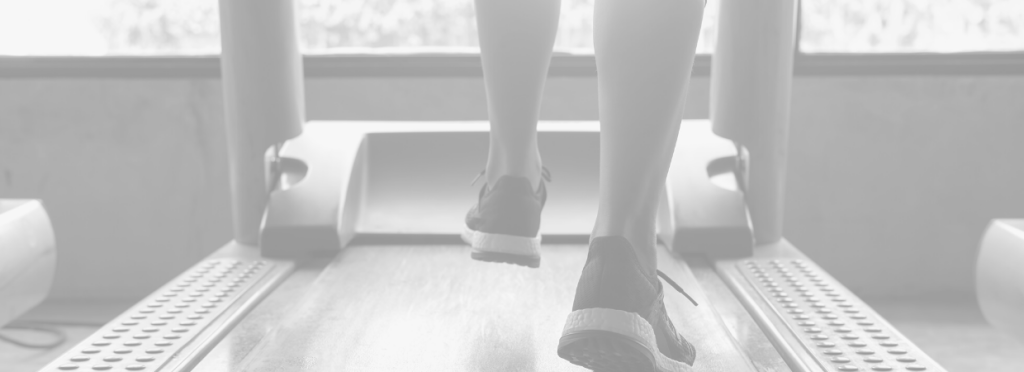It can be pretty confusing. I mean, really, the HIIT (high-intensity interval training) crowd has done a pretty solid job of convincing all of us that interval training has the capability to improve our aerobic capacity to the same degree as traditional steady-state cardio. And in less time! But is the juice worth the squeeze? Let’s find out.
I think HIIT gets its popularity from the fact that it’s short, ultra sweaty, and all around less boring than regular ol’ cardio. But most of us aren’t doing only aerobic work. Most of us are using a mixture of a bunch of different modalities (e.g. strength training, yoga, pilates, metabolic conditioning, etc). And steady-state cardio offers several advantages when combined with strength training.
Firstly, it promotes recovery. You might be thinking, “Yeah, sure. Cardio promotes blood flow and blood flow promotes recovery.” And you aren’t exactly wrong. But that isn’t exactly correct either. Your blood doesn’t stop flowing at any time during the day so we don’t really need to jumpstart it back up.
However, there are other considerations here. Using low-intensity steady-state cardio as a rest day modality can be a great way to drive some fatigue during the day and help you sleep better. And high-quality sleep is the true king of recovery.
Moreover, steady-state cardio enhances cardiovascular capacity (duh). By consistently working at a sustained intensity, it improves the efficiency of the entire system and improves stamina during strength workouts. This means shorter rest periods (on average) and yet better recovery for subsequent sets. Overall, cardiovascular capacity is one of the ways we can drive volume increases and adaptation. At the very least, we shouldn’t let it be a limiting factor.
(And did you know … it’s estimated that stroke volume maximizes somewhere in the neighborhood of 60% of your max heart rate? This means that as your intensity climbs during HIIT workouts, your blood delivery is more dependent on heart rate and less on the actual strength of the muscle.)
In terms of fat metabolism, low-intensity cardio has its merits. While HIIT is often touted as a superior fat-burning exercise, steady-state cardio utilizes a higher percentage of fat as a fuel source during exercise. Now you might be saying, “Wait, what about EPOC?” That is, the afterburn effect. Excess post-exercise oxygen consumption.
Truthfully, it doesn’t matter what you stance on EPOC may be. You might love it and assume it burns hundreds of calories an hour. You might be on the other side and assume it’s basically meaningless. Or you might find yourself somewhere right in the middle and understand that it may be a small, yet meaningful, component of your overall energy usage during the day.
Whatever the case may be, you’re already getting it from your strength training. And this is, of course, a post about the broad usage of cardio modalities in a comprehensive program.
Perhaps most importantly, steady-state cardio provides a little mental rest. Unlike the intense nature of HIIT, low-intensity cardio allows for longer, sustained periods of exercise where you can take a deep breath and not worry so much about your power output or RPMs or speed. This mental break alone might be worth the choice of low-intensity steady-state cardio (especially if things like calories and aerobic benefit are controlled & equal).
So what’s the true answer? It depends. But when it comes to combining strength, hypertrophy, and aerobic work, it might be worth considering the choice that provides clear benefit and potentially a little less interference with your other workouts.

